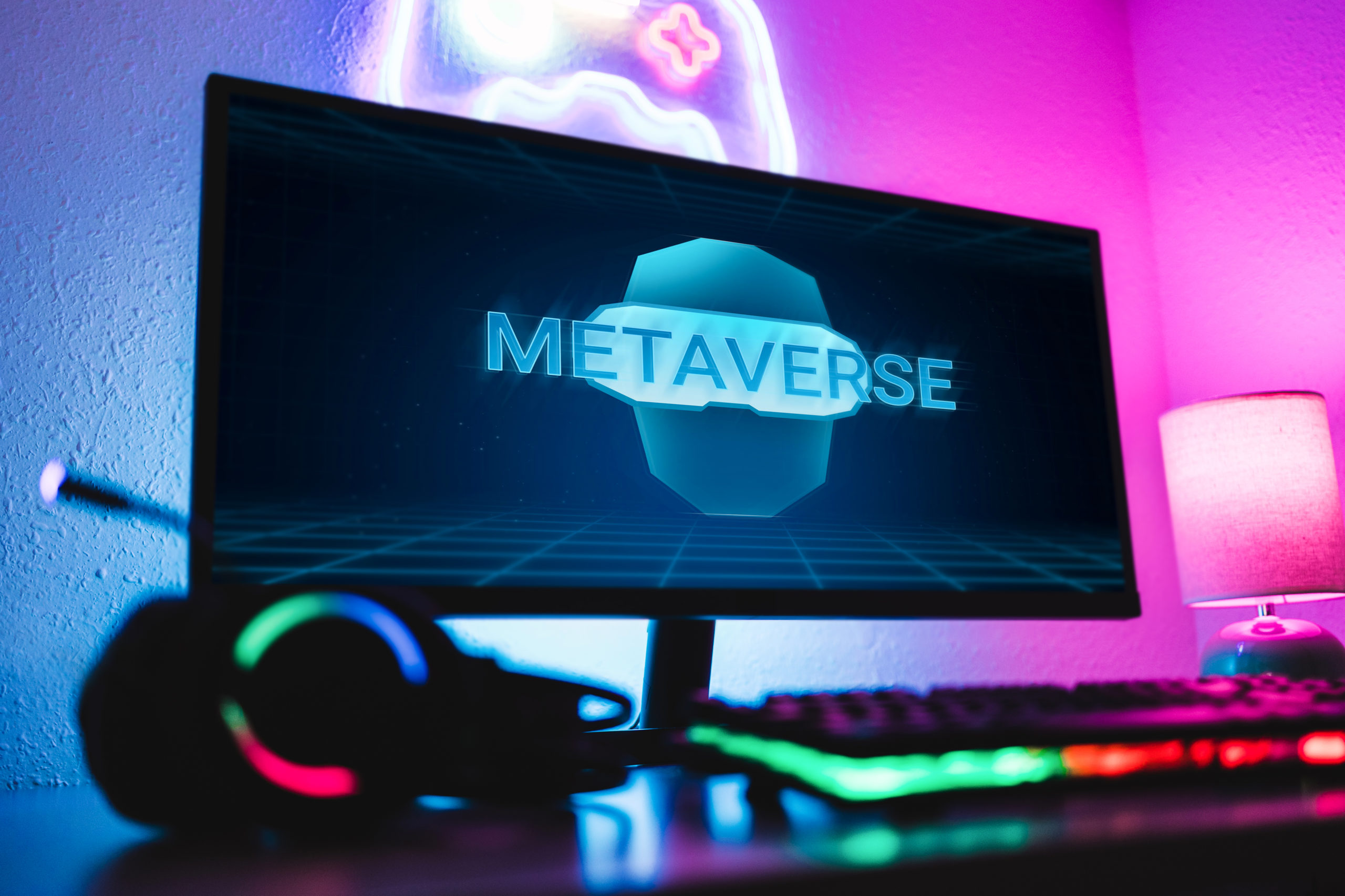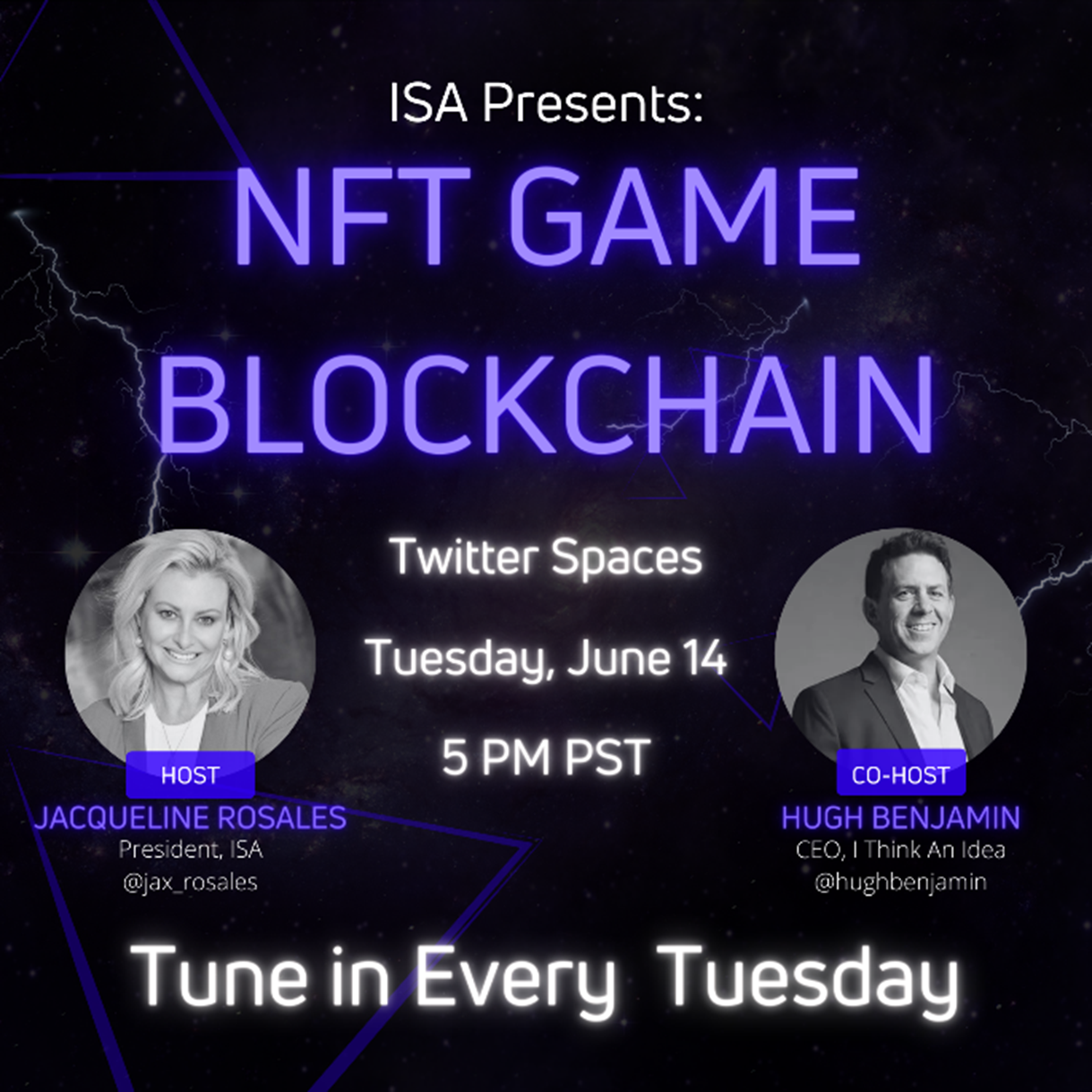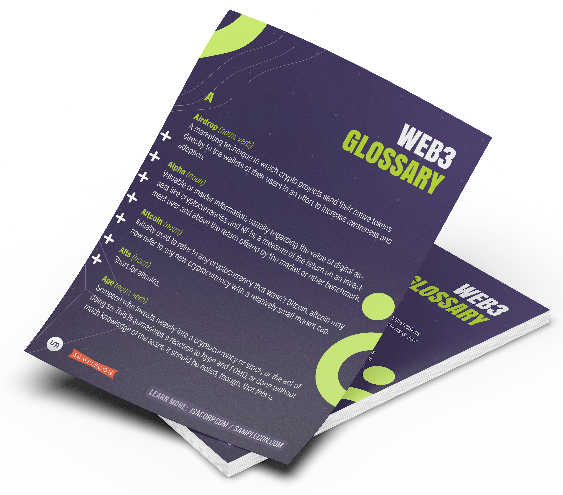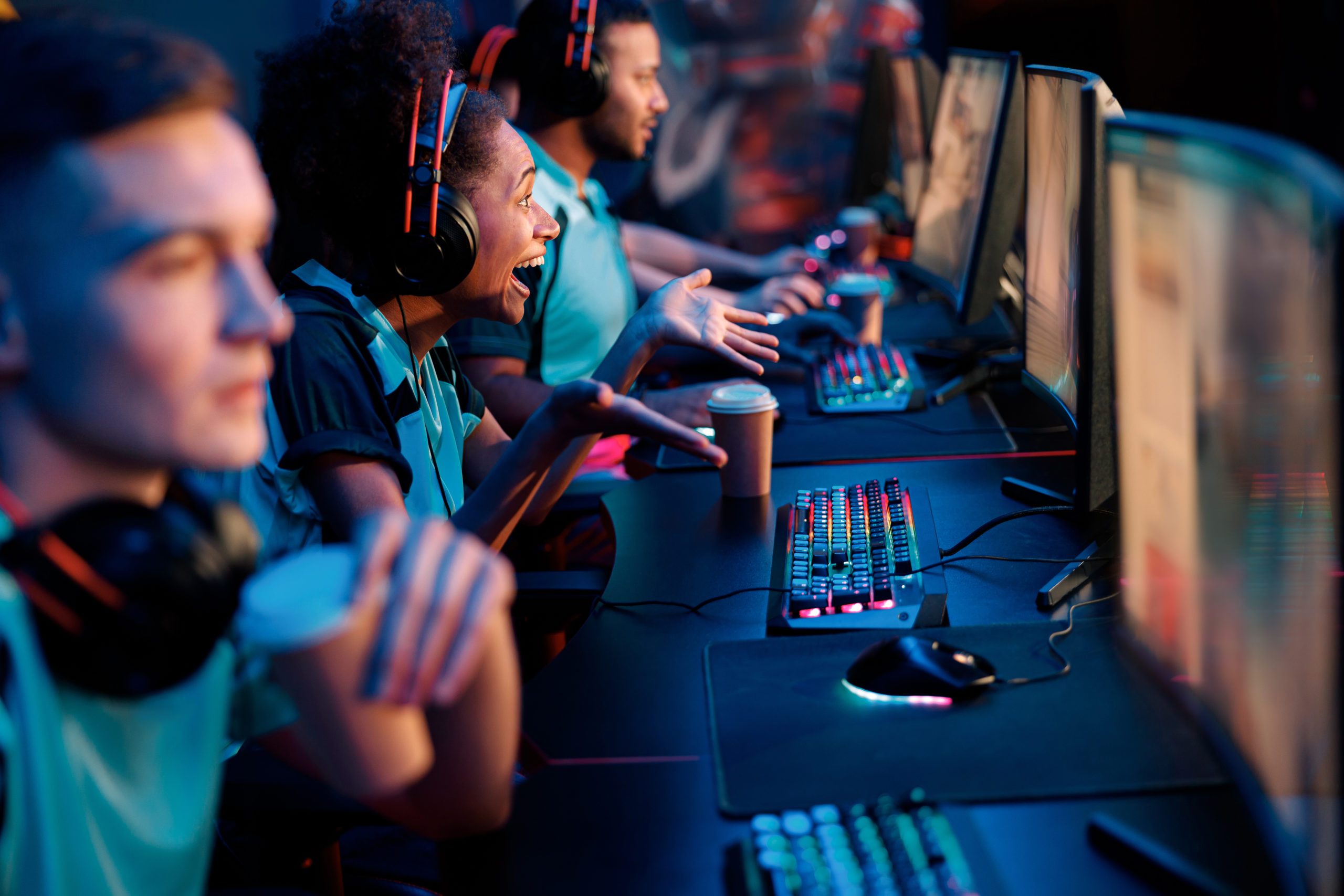
“Every person I’ve ever met is a gamer.
Some people just haven’t found their game yet.”
– Stephen Radney-MacFarland
The Metaverse is an endless sea filled to the brim with untapped potential. These virtual worlds are extremely accessible and contain enormous communities of ethnically diverse individuals from all demographics. Networking in the metaverse is as simple as pushing a button to type or talk, creating opportunities for interactions that were impossible in traditional communication channels. One real-life example of an opportunity is airdropping coupons in the metaverse to circumvent the legal restrictions associated with advertising certain products.
“A question that people have when they get involved in any kind of project is “what is the value for that customer?”. With gaming there’s always an opportunity to receive something by playing and engaging with a project – whether it’s information, data or analytics. When you look at what’s happened during COVID over the last two and a half years, there’s been this suppression of people interacting with each other. The NFT gaming space not only allows for data collection, but a safe space to interact – merging the social aspect with the monetary aspect.” – Hugh Benjamin
The metaverse isn’t only a place to socialize and build a network but also serves as an international meeting place for business development where there are no physical limitations. While a traditional shopping mall must accommodate the laws of physics, a shopping center in the metaverse can contain an impossible number of click and mortar stores. Entire neighborhoods of real estate can be toured quickly without the need for a guide. Workplaces in the metaverse could provide new opportunities for human resource development as the popularity of remote work continues to rise. Finally, the metaverse could also act as a customer support portal, creating new opportunities for feedback loops and increased customer retention. The possibilities are endless, and if your clients aren’t ready, let’s help them get there!
Join ISA on Twitter Spaces every Tuesday!
Tuesday, June 14, 2022
5PM (PST) / 8PM (EST)
Missed a Twitter Spaces Session? Check those out here.
Download our Web3 Glossary
If you have any questions regarding Web3, contact the team at Web3@isacorp.com






